I’ll get to the real reason I took my Sony A7Riii and 85mm lens later, a secondary reason was I had been shooting film for many months, maybe over 50 films, and wanted a break and a bit of photographic refreshment, always a good idea.
We left our home in freezing Hokkaido anticipating the warmth in 15°C Kyoto. After we arrived we had time to kill but the miserable damp windy day felt colder than home and I hadn’t brought enough warm clothes – walking around was essential to keep warm and a better option than sitting in a coffee shop all afternoon. We walked north from the train station and headed to a famous temple – but not one that attracts the annoying crowds.
Generally known as Higashi Honganji (not the official name) the temple grounds cover over 9 hectares and there are separate gardens a little further to the east. The exterior is variously stone walls and building walls, and is partly surrounded by an ornamental moat.
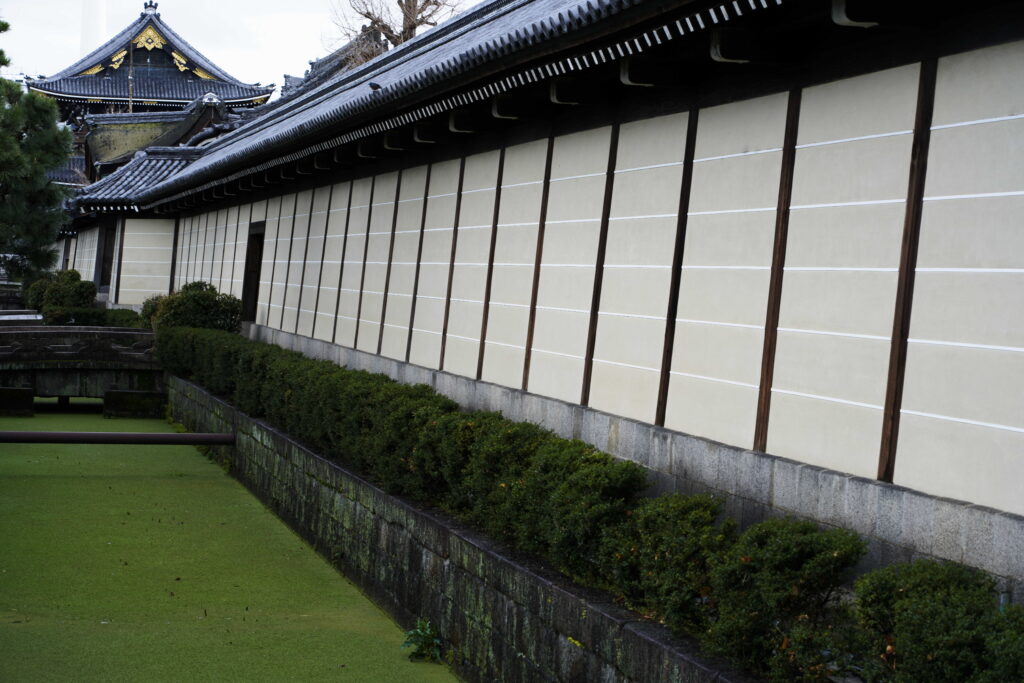
The entrances are ornate, impressive in size and often blending with natural elements – moss covered stone, plants in the walls and water-plant covered moat.
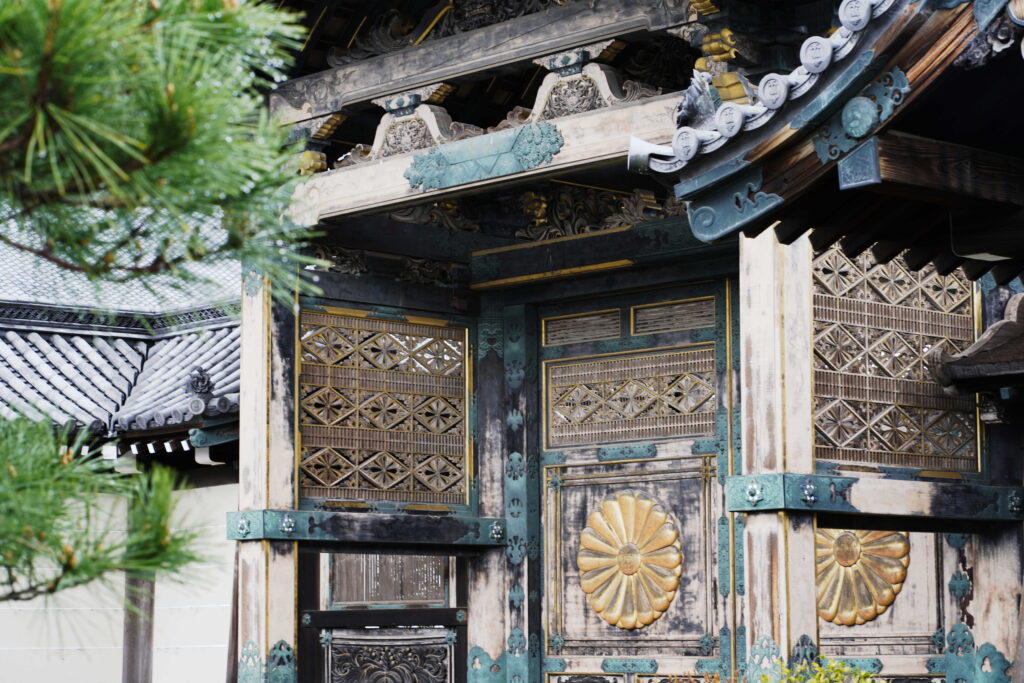
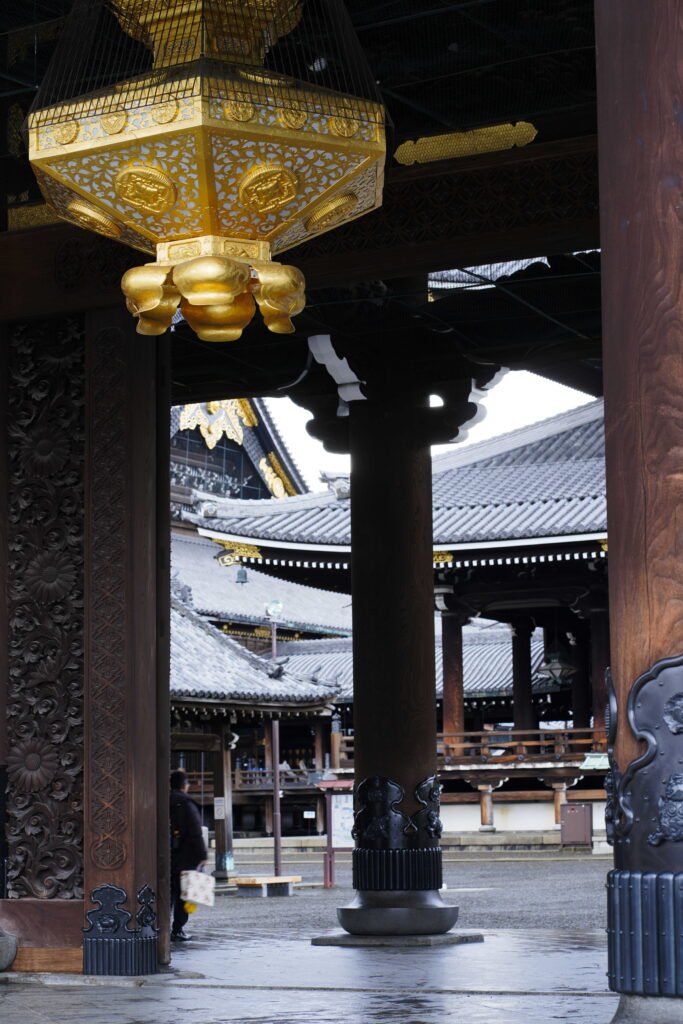

The featured image shows the elevated entrance to the main hall, one of the largest timber buildings in the world. The man’s arm embracing one of the pillars on the right gives an indication of the size. I counted over 50 such pillars in the part of the main building I was able to see.
The inside rear wall of the main and side building appears to be covered in gold and contain decorative elements, furniture and of course the statue of Buddha. The image shows part of the rear of one of the side buildings.
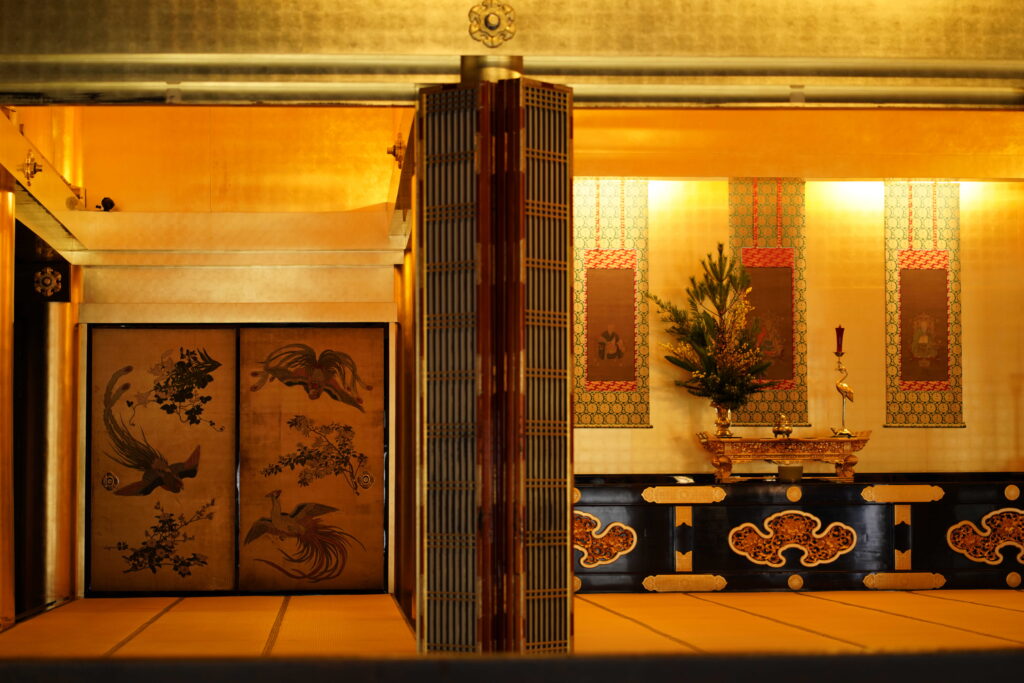
We continued exploring the complex for about an hour then moved over to the gardens. The main wall appeared more like modern art rather than traditional Japanese walling.
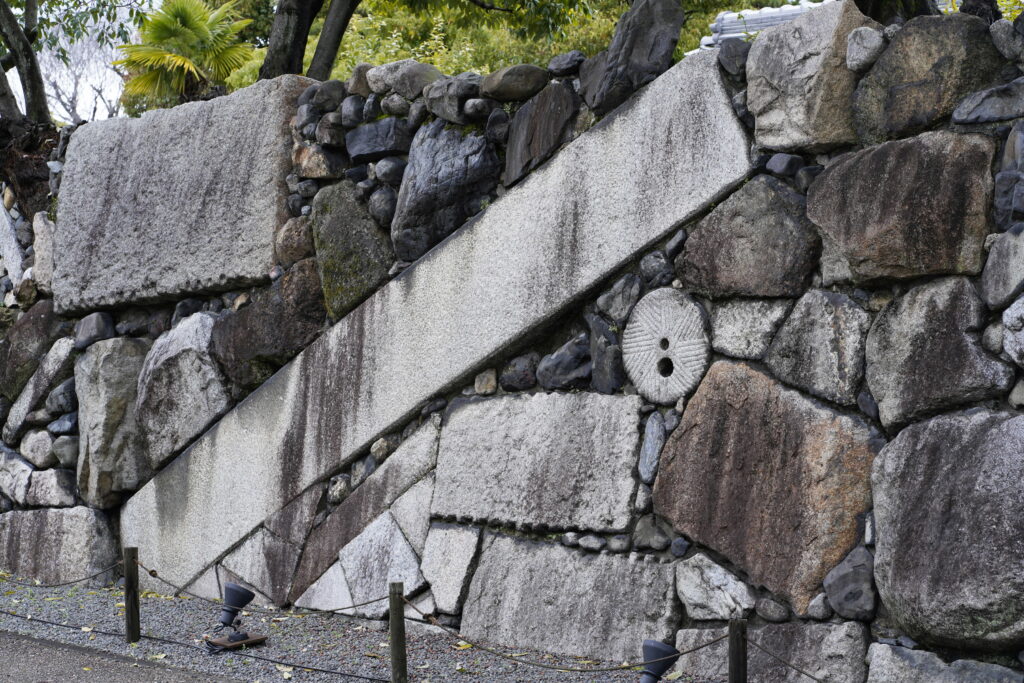
Continuing past the entrance and walking around the gardens there were several bridges and stepping-stones across the pond and side streams. a worker punting around, and a variety of manicured plants and a few small buildings (one housing a beehive).
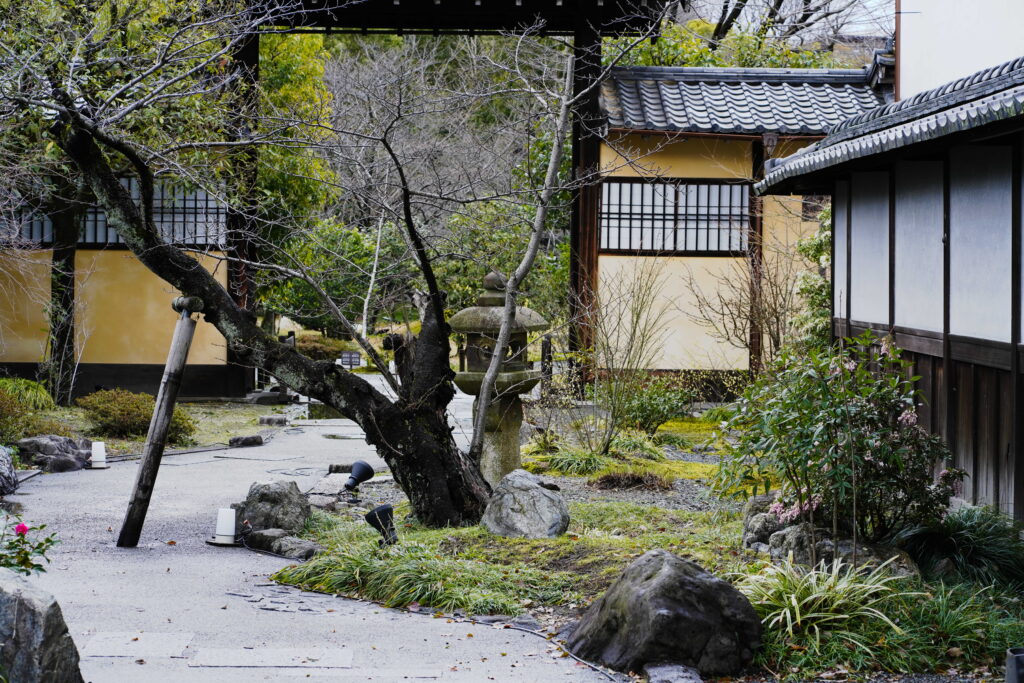
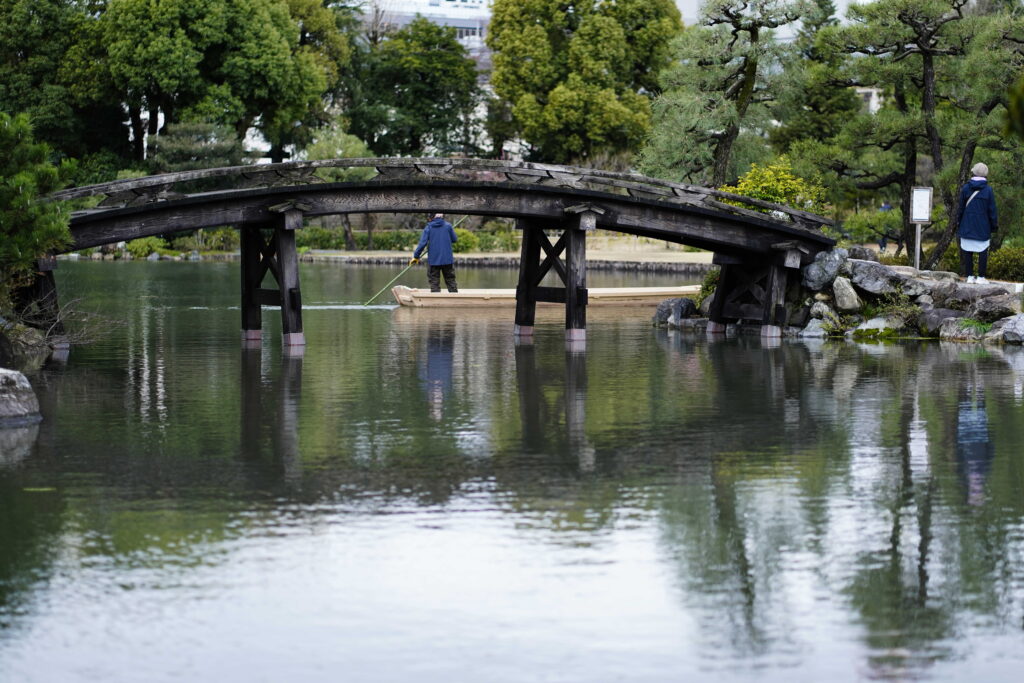
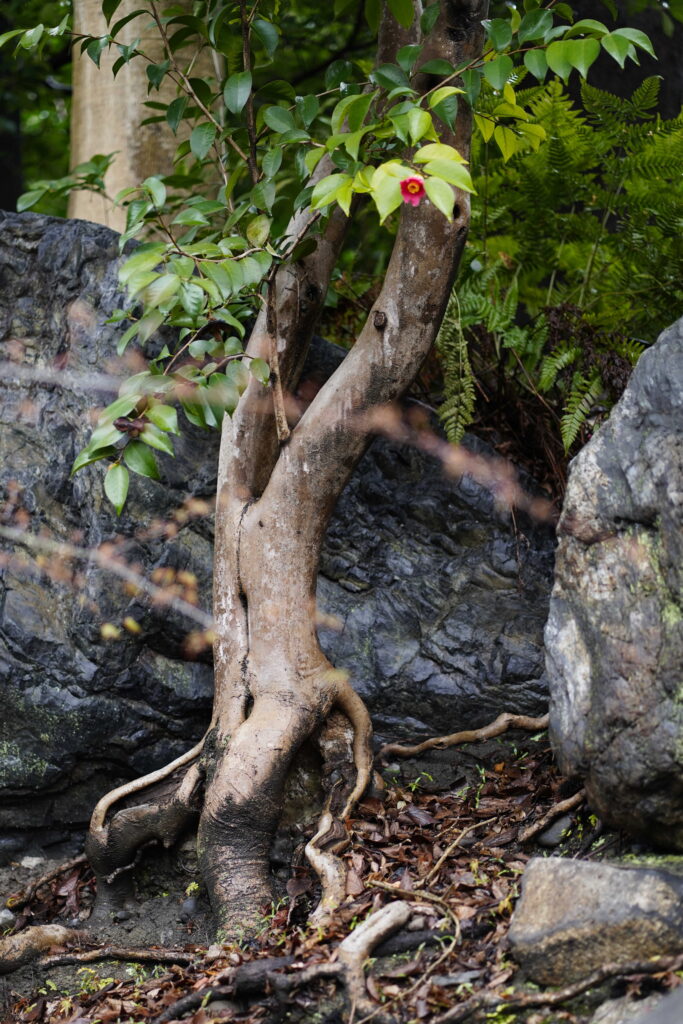
Near the entrance we had passed a worker sitting on the ground (wearing waterproof clothing and shoes) weeding. Nearly an hour later he was in the same spot still weeding. There were also several other workers pruning and tidying trees. The impression entering many Japanese gardens is one of harmony between nature and humans, harmony because the gardens are far from natural although containing primarily natural elements, but dependent on constant human intervention to maintain the artificial balance between the elements.
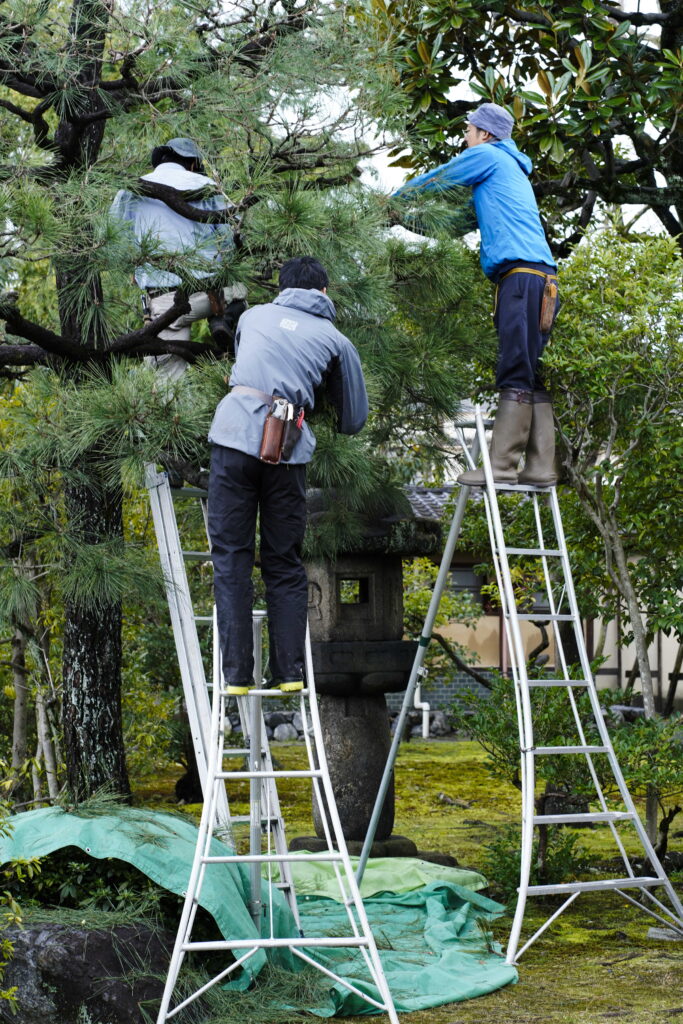
Now it was time to go to meet my wife’s nephew who had recently graduated from university and is staying on to do a Masters. He was saying goodbye to his love-at-first-sight girlfriend of three years who had also just graduated but she was leaving to start work in a different part of Japan. So the mood was full of unspoken feelings and thoughts – would their relationship last the separation, would one side or the other meet someone new in their changed environment? We gathered in front of the entrance to the Shinkansen station. Chatting, apparently cheerful but hiding mixed emotions of depression, fear of the unknown, love, hope and sadness. The two went to the platform to say goodbye in private and our nephew returned – we each handed him a tissue. In the emotion of the moment I completely forgot the reason I had brought this camera was to take photos of the two together.
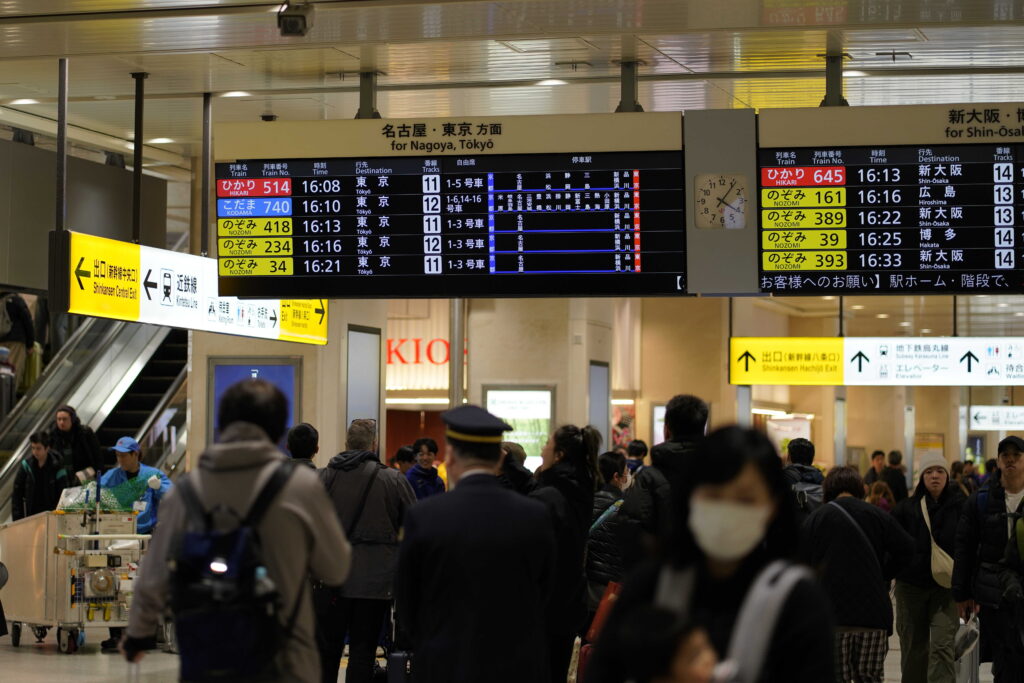
Instead I photographed the train timetable (left side for Tokyo – note they are every 2 to 5 minutes, 16 carriages, about a 1000 people per train), She was on the 16:10.
Share this post:
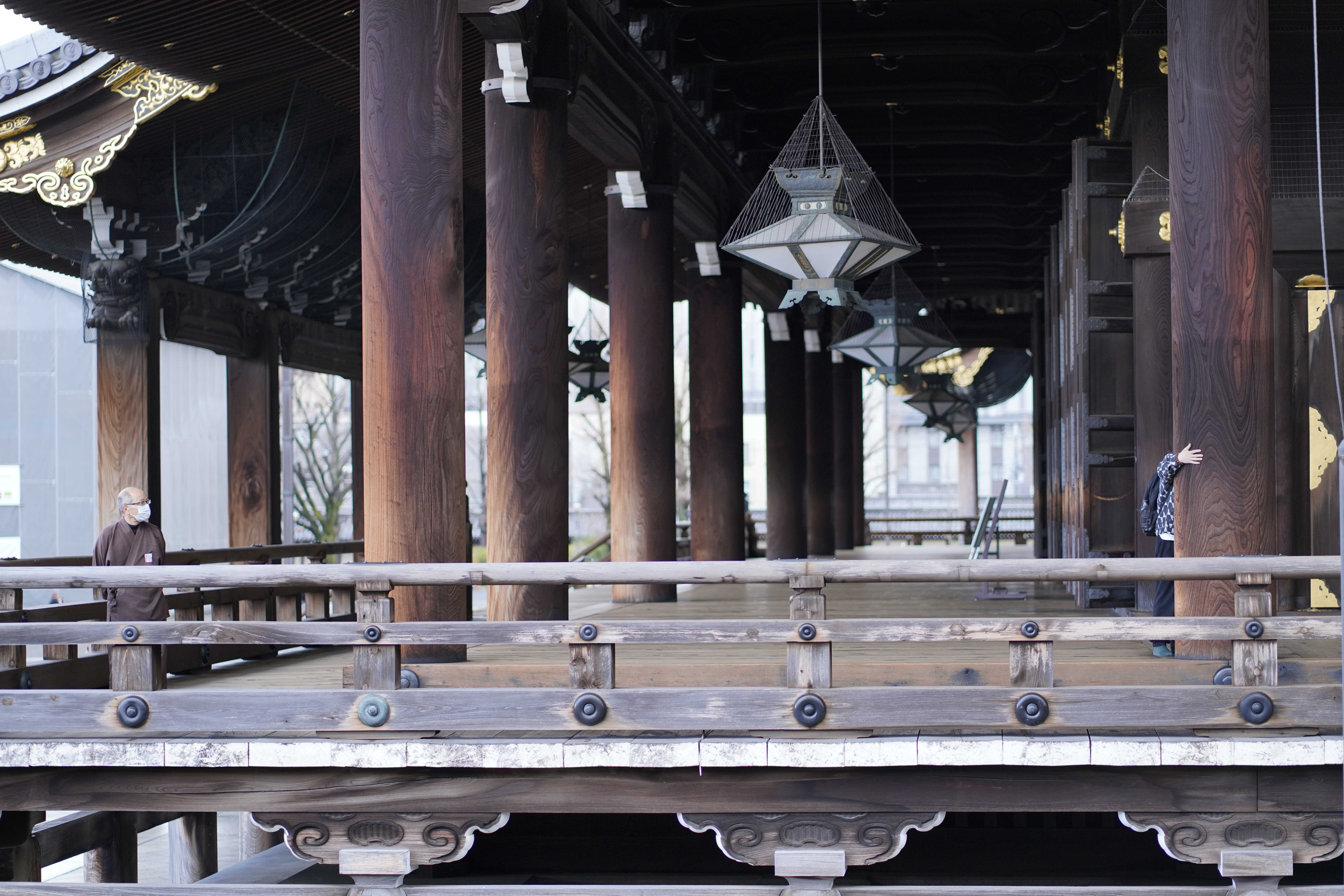

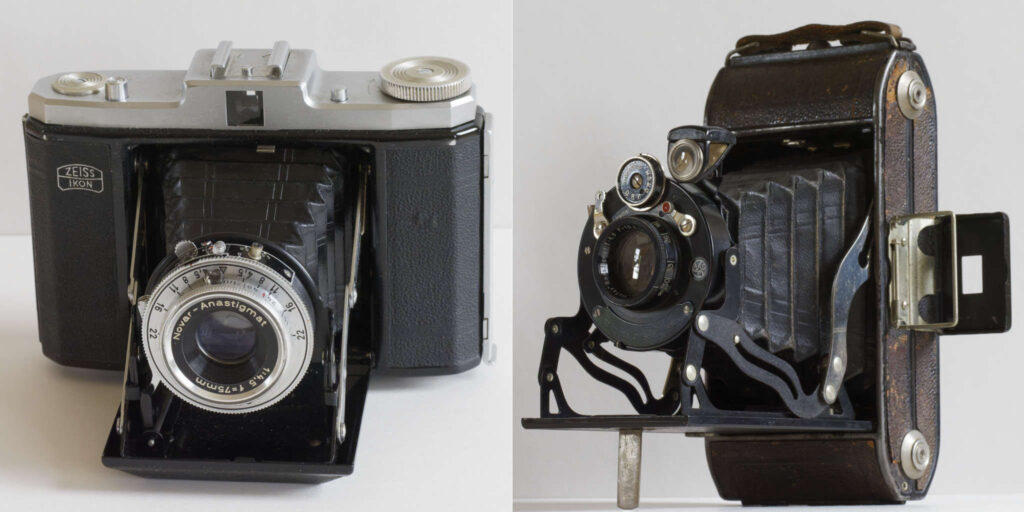
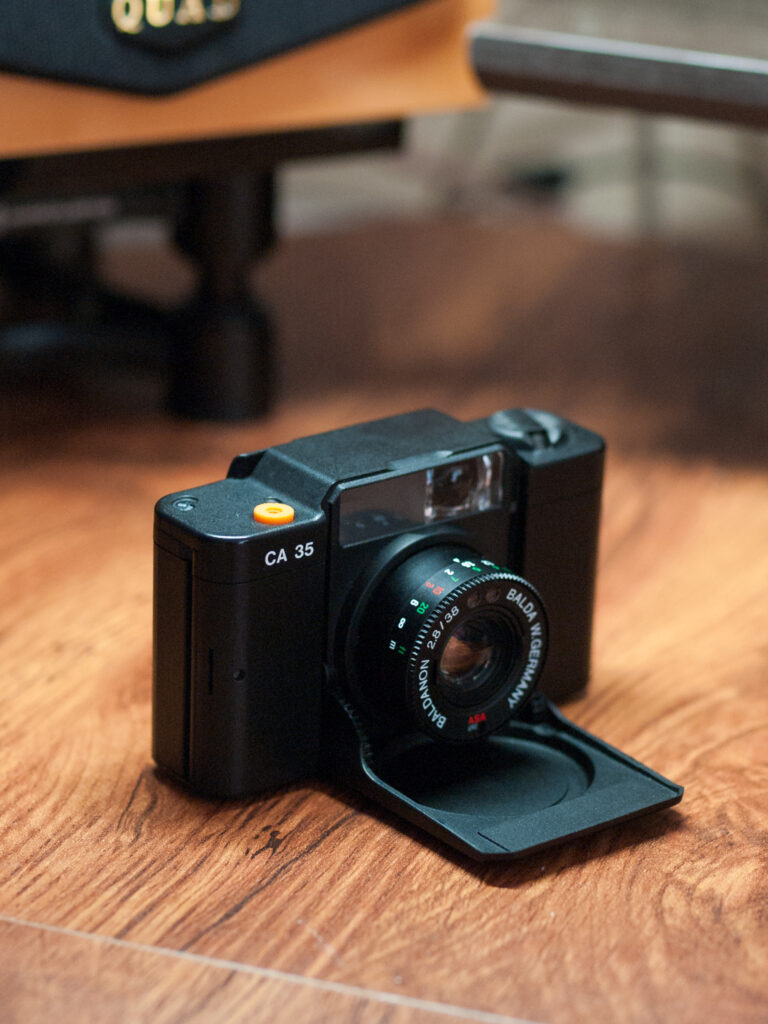
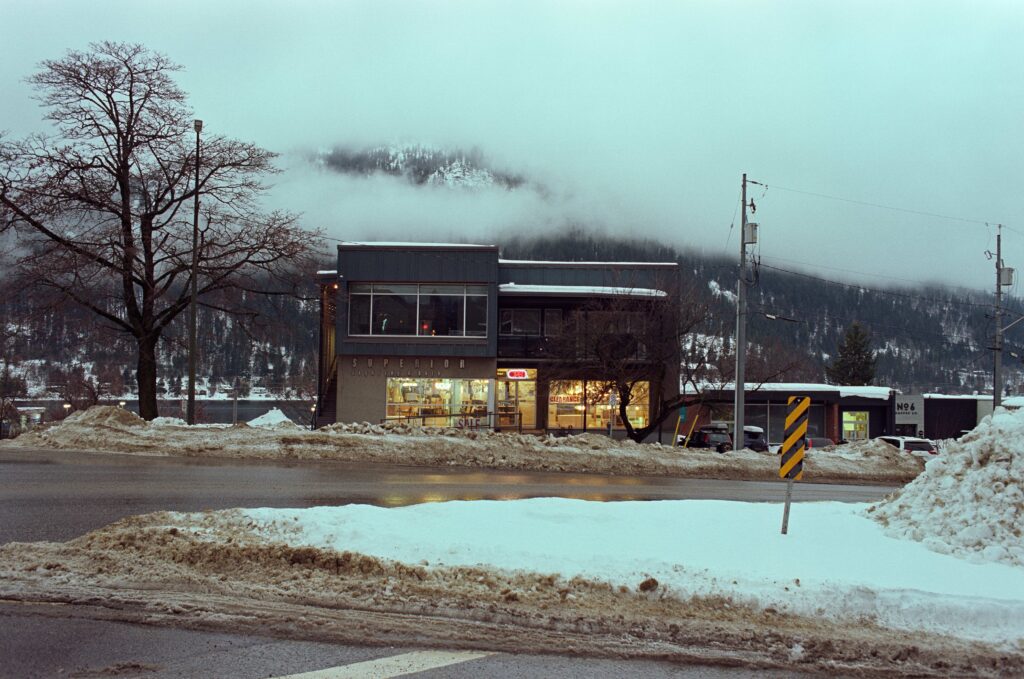




Comments
Julian Tanase on Kyoto, farewell
Comment posted: 20/05/2024
Comment posted: 20/05/2024
Ibraar Hussain on Kyoto, farewell
Comment posted: 21/05/2024
Ignites the wanderlust in me!
Comment posted: 21/05/2024
Jay Dann Walker on Kyoto, farewell
Comment posted: 12/06/2024
One of a few (very few) places on this increasingly dismal planet, I would like to finish my life in...
A lovely story, touchingly emotive, with the camera and the photography essentially taking a second place to the principal events, but given its due importance. And of course the overall so well illustrated with fine images.
Kudos to you, author...
DANN in Indonesia
Comment posted: 12/06/2024